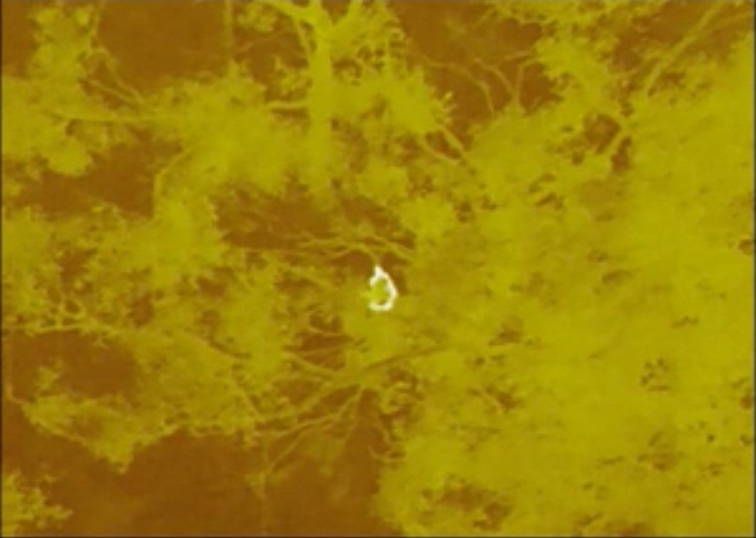Blog
What is Earth Day?
Read morehow drones helped detection dog Bear rescue koalas after 2019/20 bushfires

The world knows all about USC X IFAW’s koala detection dog, Bear, but we have a second life-saving ally that takes our search for surviving koalas into the sky.
Thermal drones play a critical role in wildlife rescue because their heat-detecting cameras scout for signs of life among scorched treetops and land that the human eye can’t see.
While dogs can pinpoint scent very accurately – as Bear has proven – they’re still searching on foot followed by their human handler. Heat-detecting drones take our search into the sky, increasing our coverage and giving us a bird’s eye view of the ravaged land and any survivors among it.
For the last four years, USC researchers have tested and refined heat-seeking drones. We started with onboard recording and post-processing of thermal imagery, and now deploy live-feed thermal imagery for real-time koala detection. This non-invasive technology has been reported to be more than three times more efficient in finding koalas than the traditional method of spotlighting.
The unprecedented extent of the 2019/20 bushfires made the search for koalas even more challenging. The combination of a vast burnt landscape and the notorious difficulty of spotting koalas made the task herculean.
USC's heat-detecting drone locates injured koalas. © USC

During our post-fire rescue mission, we conducted dog and drone surveys over 5000 hectares. This sometimes involved repetitively covering an area to locate an injured koala over and over again until a detection was successful. Our drones alone performed more than 800 kilometres of search transects.
We first covered large swathes of bushland with our drones to confirm whether surviving koalas were present in the fire grounds. Through this effort we detected 152 koalas. We then deployed dogs to locate the koalas while we performed a visual assessment. We assessed 119 koalas and safely rescued 31, which were then transported to veterinary hospitals for further checks and treatment.
These koalas have undergone extensive rehabilitation and we are proud to say many have already been released back into the wild.
We found koalas struggling with, and dying from, burns, dehydration, and malnutrition weeks after the fires had been contained. These crucial weeks after the fires are a window of vulnerability for koalas. While they are no longer directly threatened by the blaze, they are at risk of dying as a result of the impact on their health and habitat.
This is where USC x IFAW come in with our unusual allies — drones and dogs from USC’s Detection Dogs for Conservation — to search and rescue surviving koalas.
The work continues to this day. USC and IFAW are studying the impact of fires on the short and long-term health and resiliency of koala populations and habitats. This research will help us identify and assess key at-risk koala populations — the dogs and drones are key to this search.
-Dr. Romane Cristescu, USC Detection Dogs for Conservation researcher
Every problem has a solution, every solution needs support.
The problems we face are urgent, complicated, and resistant to change. Real solutions demand creativity, hard work and involvement from people like you.
Unfortunately, the browser you use is outdated and does not allow you to display the site correctly. Please install any of the modern browsers, for example:
Google Chrome Firefox Safari